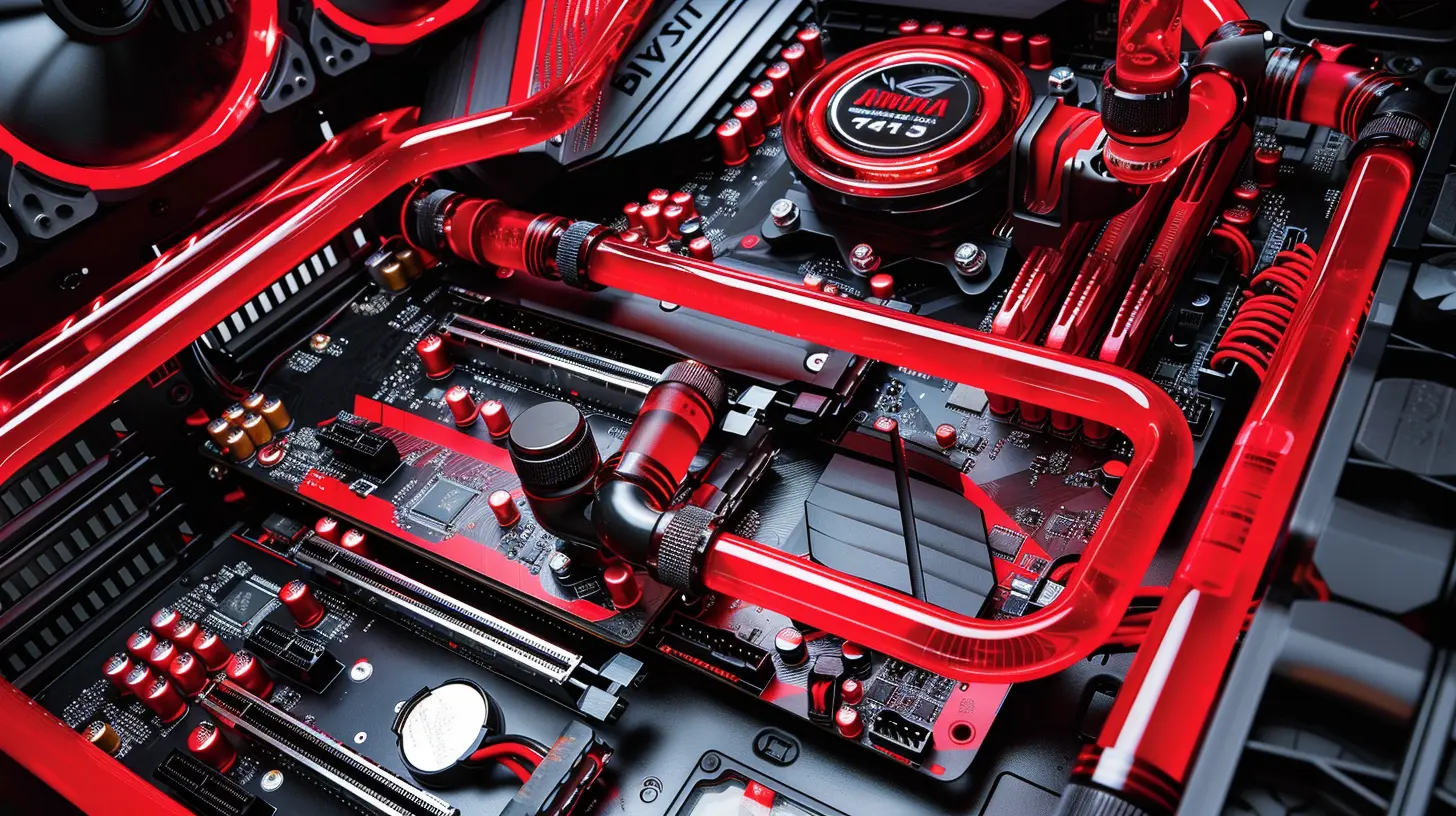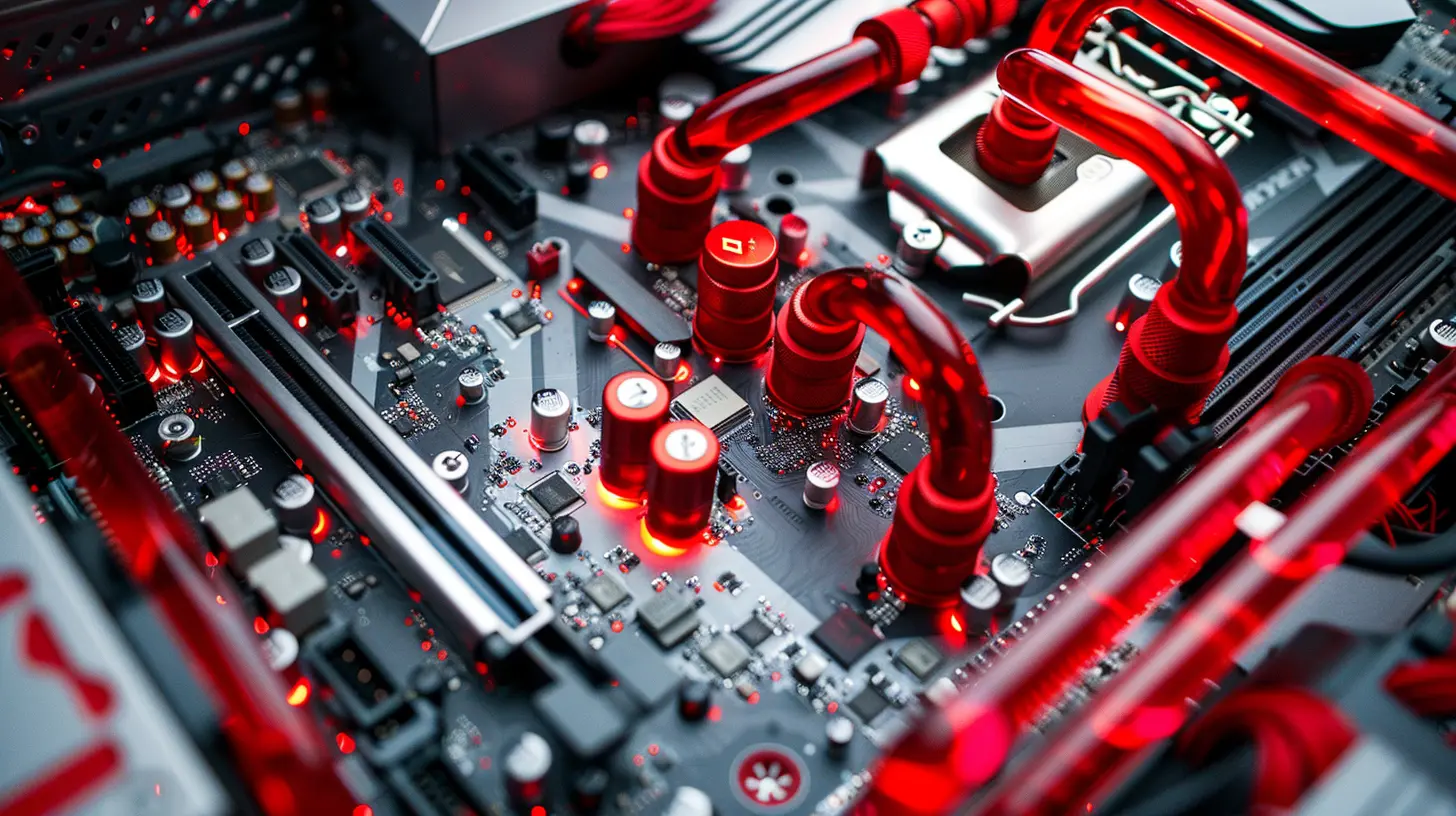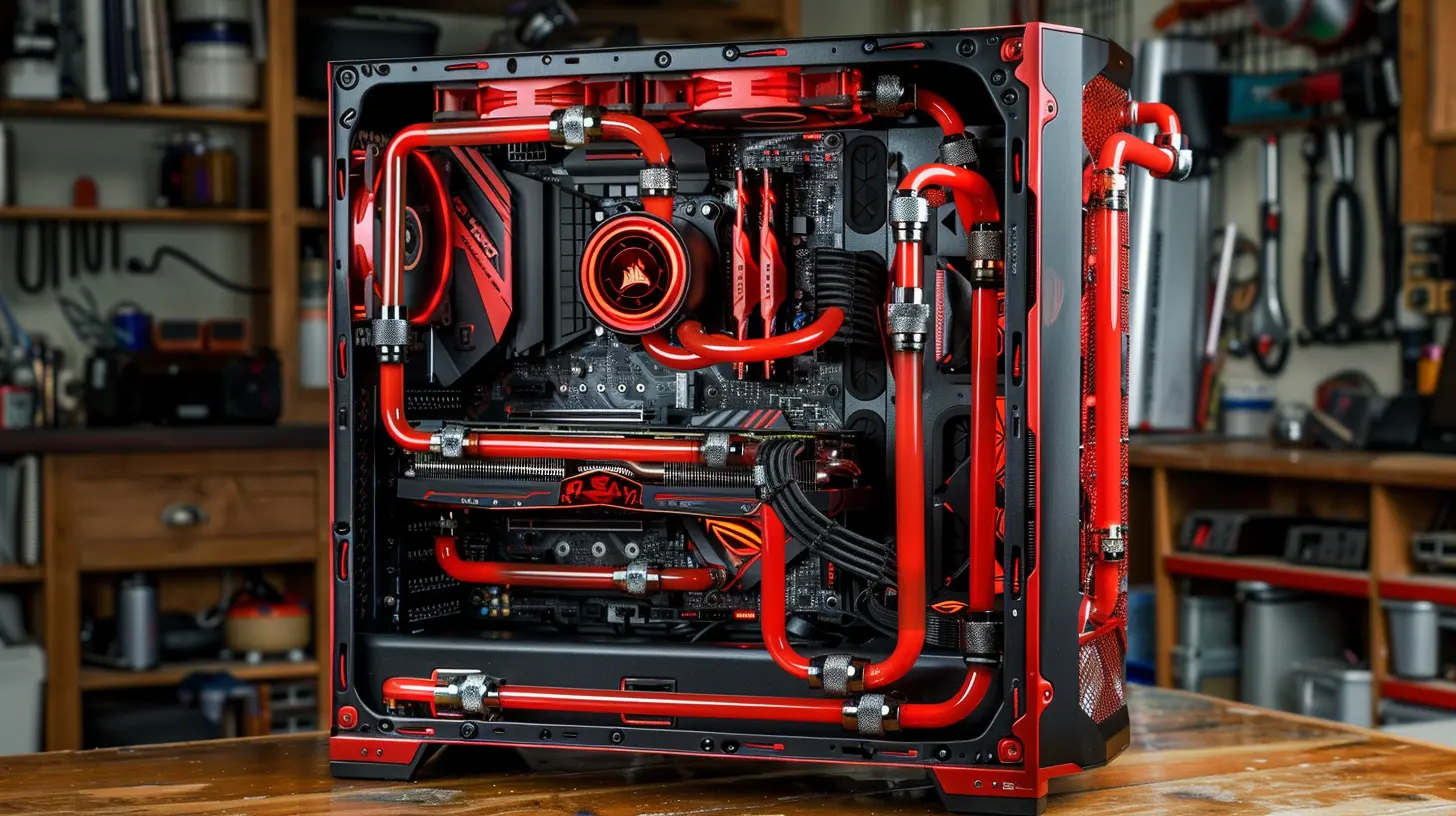How to Maintain Your Gaming PC: Cleaning and Care Tips
25 November 2025
So, you finally built your dream gaming rig—RGB lights pulsing like a futuristic spaceship, fans humming quietly, and games running at buttery smooth frame rates. But here’s the thing: building the beast is just the beginning. If you want your gaming PC to last longer, perform better, and not sound like a jet engine over time, you’ve gotta show it some regular love and care.
Yeah, maintenance isn’t the most glamorous part of PC gaming, but trust me—your frames (and wallet) will thank you later. In this guide, I’m going to walk you through exactly how to maintain your gaming PC with cleaning and care tips that are simple, effective, and totally doable (even if you’re not super tech-savvy).
Why Maintenance Matters for Your Gaming PC
Before we get our hands dusty, let’s tackle the “why.”Think of your gaming PC like a high-performance sports car. Would you go months without changing the oil or cleaning out the engine? Hopefully not. Dust, heat, and grime are the enemies of any electronic device, especially one that runs as hot and hard as a gaming setup.
Without regular cleaning:
- Dust builds up in fans and vents, choking airflow.
- Temperatures rise, triggering thermal throttling (hello, lag).
- Parts wear out faster than they should.
- You might even void warranties if components get damaged due to neglect.
Nobody wants that. And the good news? You don’t need to be a technician to keep things running smooth.
How Often Should You Clean Your Gaming PC?
There’s no one-size-fits-all timeline, but here’s a general rule of thumb:- Light cleaning (external wipe-down, dust filters): Once a week or biweekly
- Internal cleaning (dusting components, clearing out fans): Every 1–3 months
- Deep cleaning (reapplying thermal paste, re-cable management): Every 6–12 months
Live in a dusty area? Got pets? Smoke near your PC? You’ll want to clean more often. Your gaming environment plays a massive role in how quickly gunk builds up inside.
What You’ll Need: Your PC Cleaning Toolkit
Before diving into the nitty-gritty, let’s round up some tools. You don’t need anything fancy—just a few PC-friendly items will do:- Microfiber cloths – for wiping without scratching
- Compressed air canister – to blow dust out of tight spaces
- Small soft brush – for loosening stubborn buildup
- Phillips-head screwdriver – to open your case
- Isopropyl alcohol (90%+) – for cleaning thermal paste
- New thermal paste – if you're replacing or reapplying on the CPU
- Anti-static wrist strap (optional) – for extra safety
Seriously—don’t use a vacuum cleaner or leaf blower. That's way too aggressive and can damage delicate parts.
Step-by-Step: How to Clean Your Gaming PC
Okay, time to roll up your sleeves. Let’s walk through the process step by step.1. Power Down & Unplug Everything
Common sense, right? But you'd be surprised how many folks dive in with the PC still on.- Turn it off completely
- Unplug the power supply
- Disconnect all cables and peripherals
Now’s a good time to move your PC to a tidy, well-lit surface (preferably not your carpet).
2. Open Up the Case
Use your screwdriver to remove the side panel(s). Most modern PC cases make this super easy—just a few screws in the back, and the panel slides off.Keep those screws safe! (A magnetic tray or even a cup works wonders.)
3. Hit the Dust with Compressed Air
Here comes the satisfying part.- Hold the can upright.
- Use short bursts to blow out dust from fans, heat sinks, and hard-to-reach corners.
- Go easy—don’t let the fans spin like turbines. Hold them still with a finger or cotton swab while blowing air.
Focus on:
- CPU cooler/fan
- GPU
- Power supply intake/exhaust
- Case fans
- Motherboard and RAM slots
Pro tip: Work from top to bottom to let gravity help carry the dust down and out.
4. Wipe the Gunk Away
Use a microfiber cloth or a soft brush to gently wipe off any remaining dust from visible surfaces, cables, and the interior of the case.For spots that are really grimy (especially around vents or fan blades), a tiny bit of isopropyl alcohol on the cloth does the trick.
5. Clean or Replace Dust Filters
Most cases these days come with dust filters—thank goodness. Slide them out, give them a good rinse or compressed air blast, and dry them before reinstalling. Dirty filters restrict airflow, which is like trying to breathe through a pillow.6. Reapply Thermal Paste (if needed)
This one's a bit more advanced, but really important if your temps are creeping up even after regular cleanings.Remove the CPU cooler, clean off the old thermal paste with isopropyl alcohol and a lint-free cloth, and apply a pea-sized dot of fresh paste. Reattach the cooler, making sure it’s snug.
Thermal paste breaks down over time—every 1-2 years is a good reapplication window.
7. Tidy Up Your Cables
Messy cables aren’t just ugly—they block airflow too. Use zip ties or Velcro straps to bundle loose wires together and route them neatly behind the motherboard tray or around components.Your PC will look cleaner, run cooler, and be easier to clean next time.
8. Close It Up and Fire It Up
Wipe down the outside of the case, plug everything back in, and boot up. You might be surprised how much cooler (literally) your rig runs after a good cleaning session.If you have temperature monitoring software (like HWMonitor or NZXT CAM), check your CPU and GPU temps before and after cleaning to see the difference.
Bonus Care Tips to Keep Your Gaming PC Running Smoothly
Cleaning is essential, but maintenance doesn’t stop there. Let’s talk about a few other habits that’ll keep your setup running like a dream.1. Update Drivers and Firmware
Outdated drivers can cause crashes, performance dips, or even hardware issues. Keep your GPU, motherboard BIOS, and essential drivers updated.You can use tools like:
- NVIDIA GeForce Experience (for GPUs)
- AMD Adrenalin Software
- Intel Driver & Support Assistant
2. Monitor Temperatures
Use tools like HWMonitor, MSI Afterburner, or Open Hardware Monitor to keep an eye on temps. If your CPU or GPU starts running hotter than usual, that’s your signal to clean or check airflow.3. Manage Airflow
Got a case full of RGB fans but still running hot? Make sure you’ve got proper airflow:- Intake fans (front/bottom) bring cool air in
- Exhaust fans (back/top) push hot air out
Positive pressure (more intake than exhaust) usually helps keep dust from sneaking in through unfiltered cracks.
4. Keep Your Setup in a Clean Area
If your PC sits on the floor—especially carpet—you’re basically feeding it dust. Elevate it a few inches or use a small stand. Also, avoid smoking or eating too close. You’d be amazed how quickly crumbs, grease, and tar gunk things up.5. Backup Your Stuff Regularly
It’s not cleaning-related, but it’s part of overall PC care. Whether it’s an SSD crash or a malware attack, losing save files, games, or personal projects hurts.Use cloud storage or an external drive, and set auto-backup schedules where possible.
Common Mistakes to Avoid
Let’s wrap up with a quick fire-round of what not to do:- Don’t clean while the PC is plugged in or powered on—obvious, but important.
- Don’t use a regular vacuum—static electricity is a real hazard.
- Don’t use too much thermal paste—more is not better.
- Don’t spray liquids directly inside your PC
- Don’t forget your peripherals—keyboards and mice collect just as much grime!
Final Thoughts
Taking care of your gaming PC doesn’t have to be a chore. A little regular maintenance goes a long way—like flossing, but for nerds. Keep your setup clean, your temps low, and your games running smoothly.So next time your fans start sounding like a mini hurricane, or your frames take a hit for no reason—remember, it might just be time for a little TLC.
Happy gaming, and may your PC stay cool and quiet!
all images in this post were generated using AI tools
Category:
Pc GamingAuthor:

Kira Sanders

